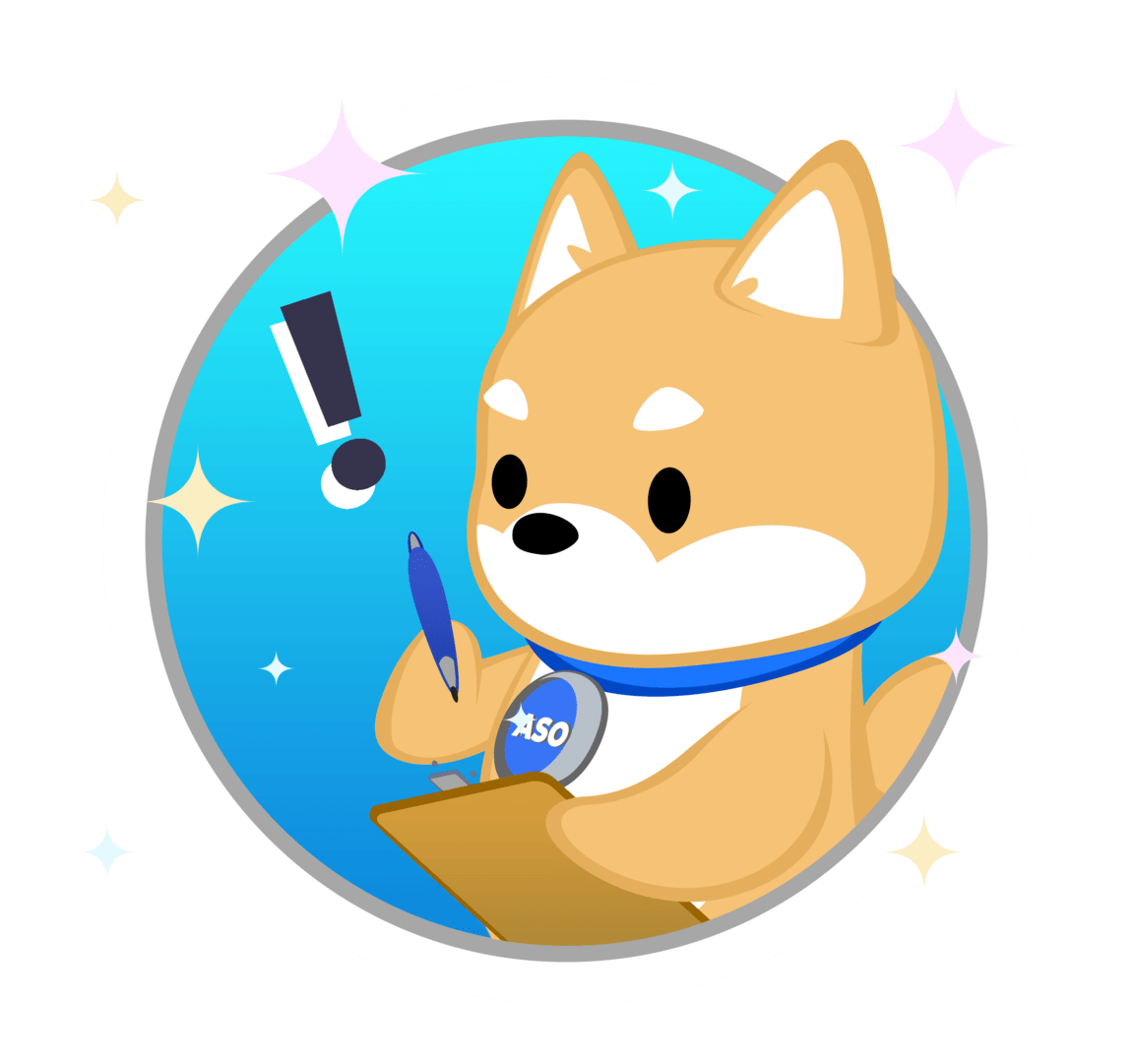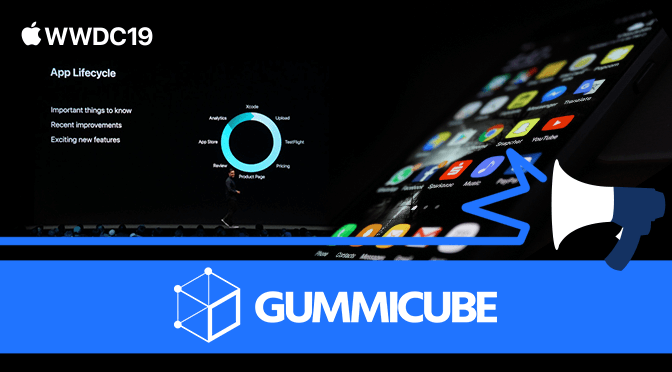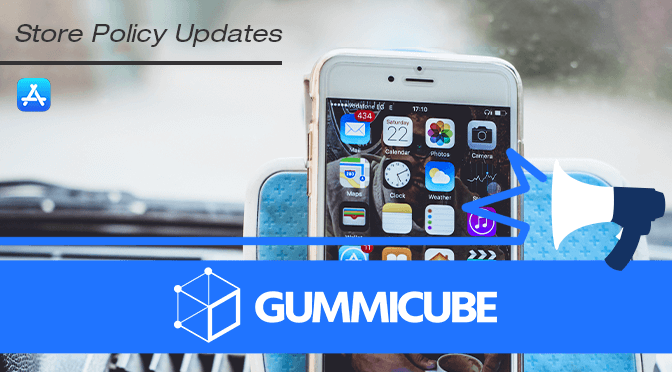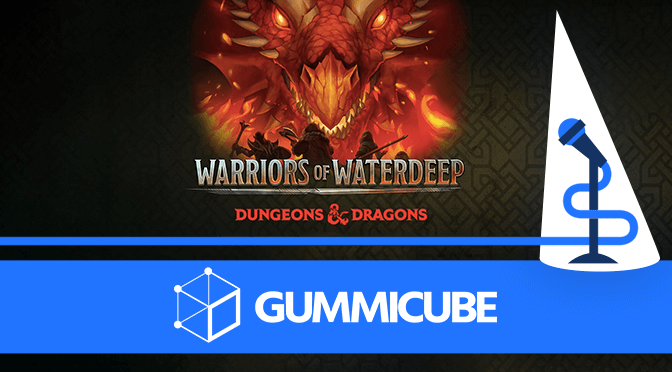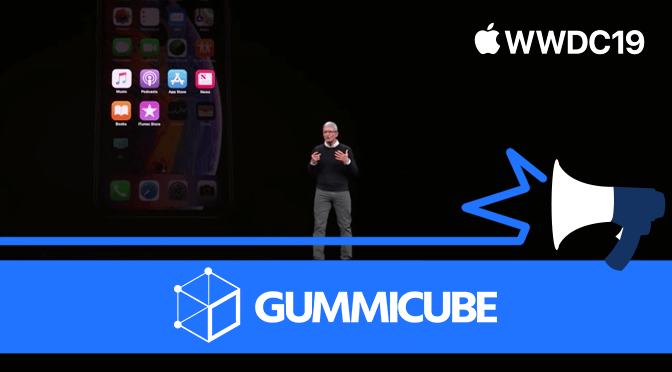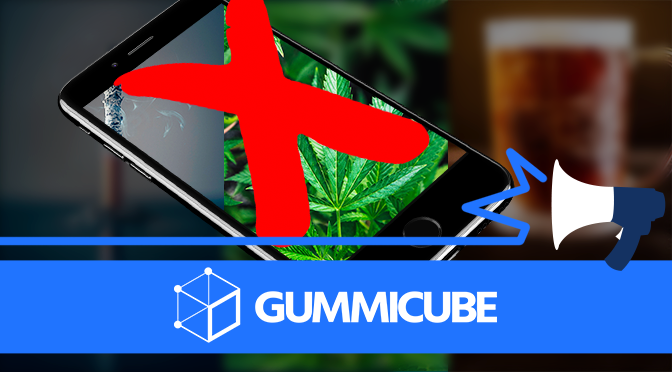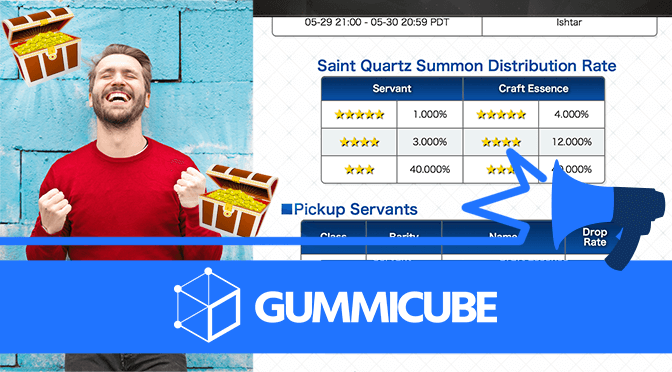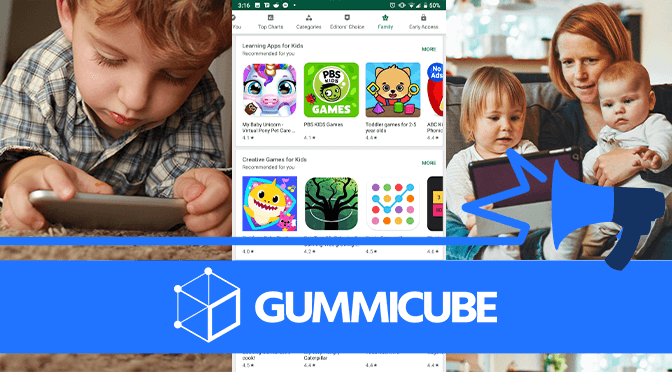
iOS 13’s Small Updates That Can Impact ASO
Posted on June 14th, 2019
When iOS 13 was announced at WWDC 2019, Apple unveiled several enhancements and features that would be appearing in the next new operating system. However, as the company reveals more information, we’re beginning to learn about other enhancements and changes that apps can utilize for their App Store Optimization strategies.

